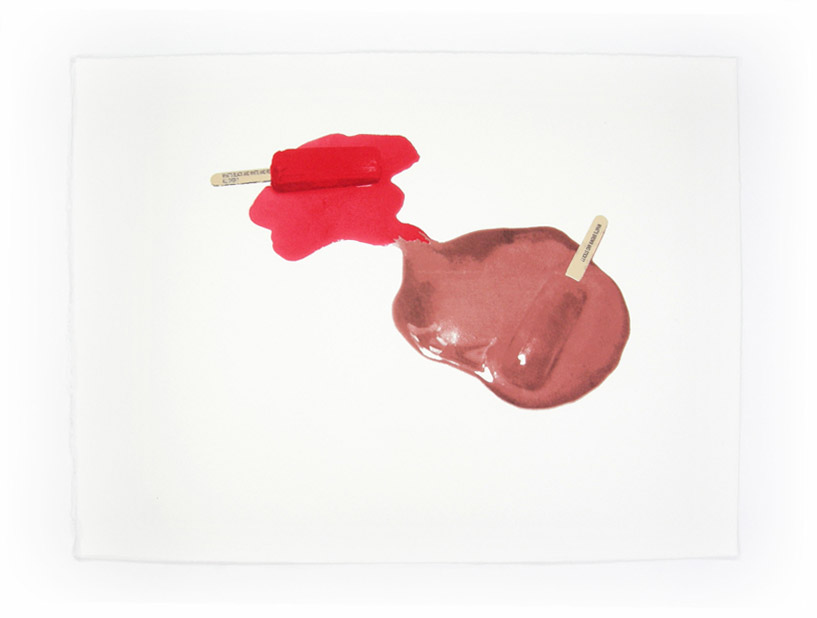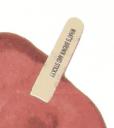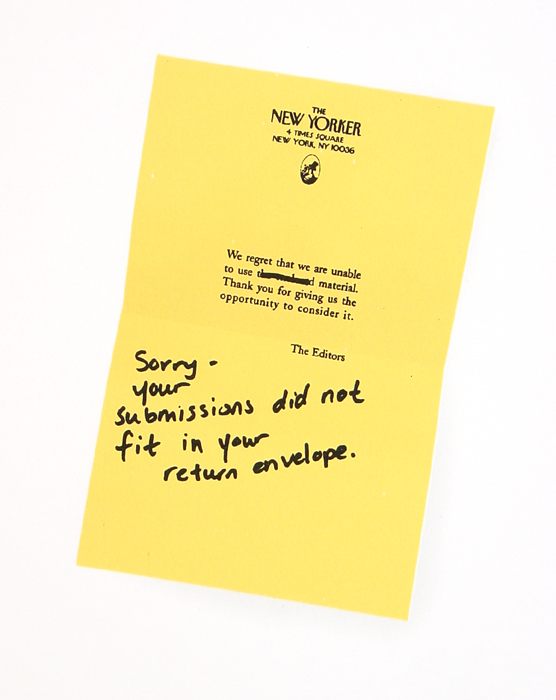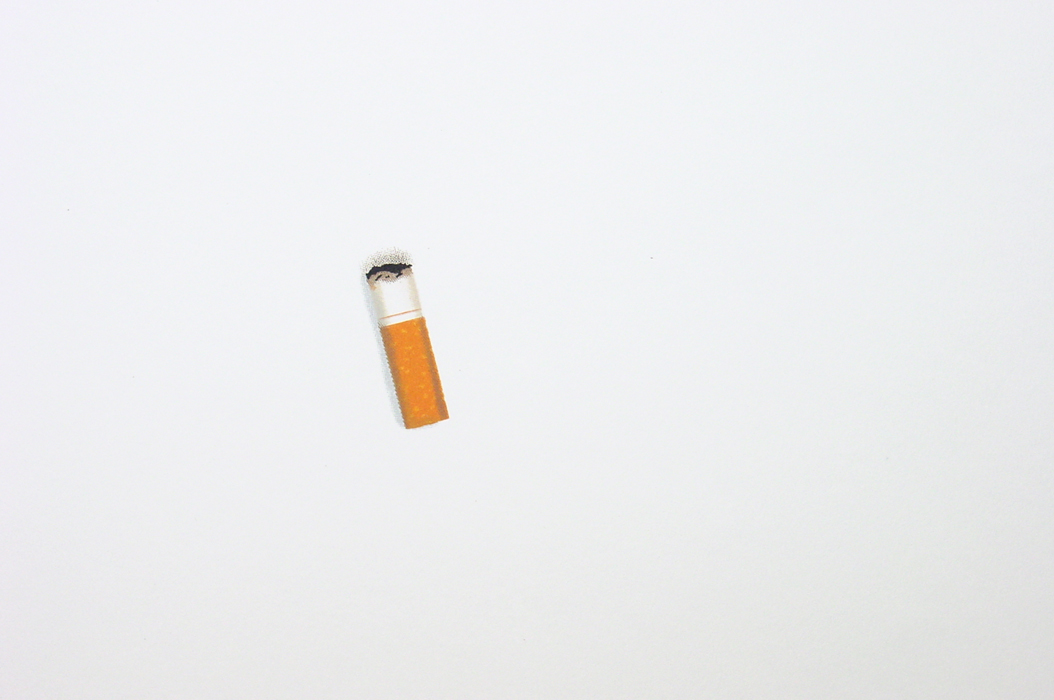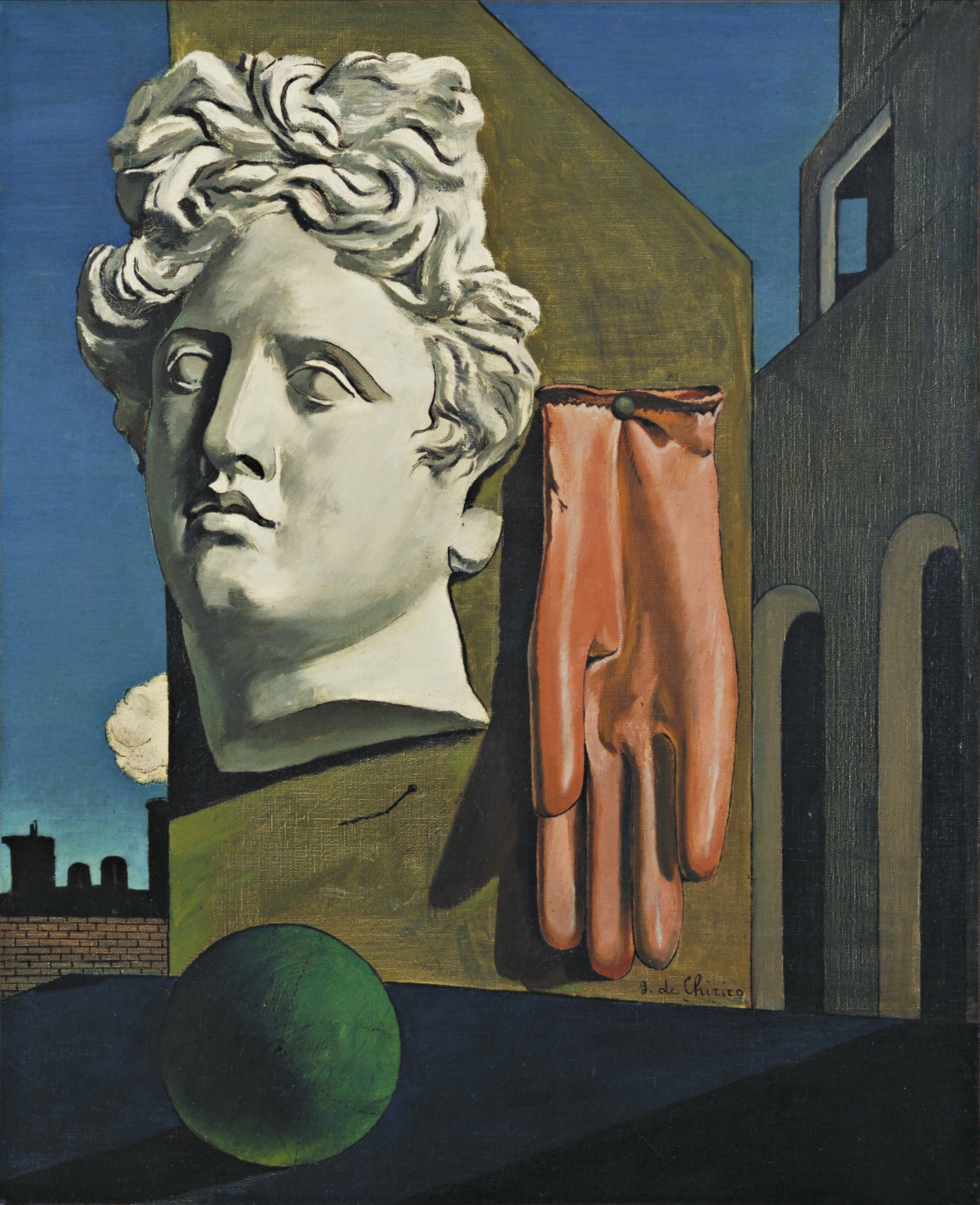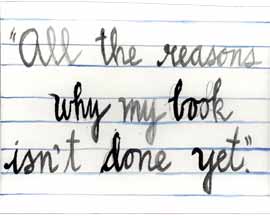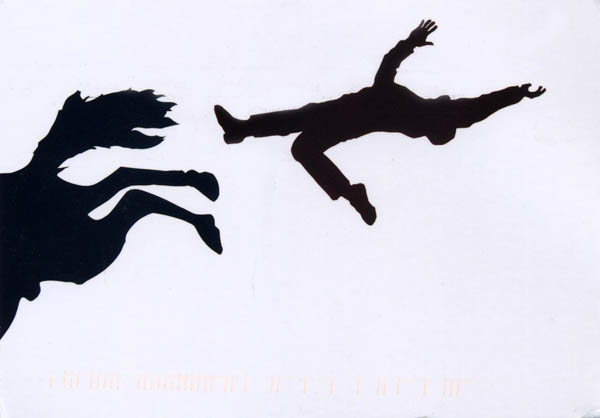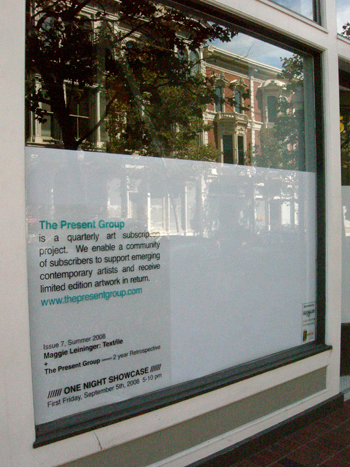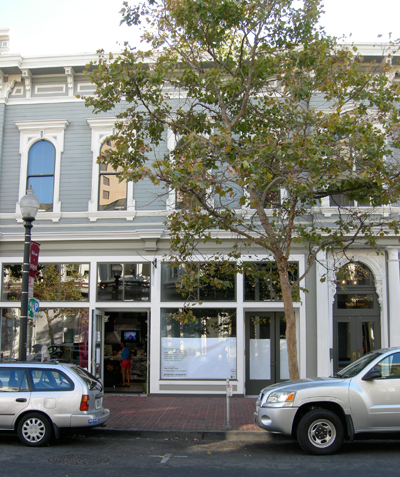Intoduction to Conversation
“Conversation” is a 6 color silkscreen print on Arches 88 by Brian Stuparyk.
Brian Stuparyk is a silkscreen printmaker whose prints showcase mementos of the individual pursuit of elusive personal happiness. In his work, failure is as important as success. He depicts tokens of life’s little defeats, everyday failures, impossibilities and things that don’t necessarily need to be celebrated. Although great time and care is taken to faithfully reproduce these objects, they remain by their nature disappointing.
.
Stuparyk on “Conversation”
“I like to talk. Because it lets other people know how I’m feeling.” From: Notes On The State Of Virginia by Drakkar Sauna from the Album drakkansasauna
There are no strangers. This I have learned from having moved roughly every three years of my life and meeting an incalculable amount of people. A member of the general public is receptive to talking (at least for a moment) to almost any other, depending of course on circumstances. The key to this is that the odds of you approaching a total stranger are much greater than those of you being approached by one.
It has been said that while in school Bill Clinton never had any problems picking up any woman he wanted because he was such a good listener. Listening is much easier than the actual talking part of the conversation, yet often one of the parties does not maintain the roughly 50:50 talking-to-listening ratio that balances a one-on-one conversation. Or worse yet, often neither party listens – they just talk.
In Conversation, the two popsicles are, as suggested, conversing. However, they are only talking in vague terms to each other, and only about themselves with their thoughts meeting in the middle of the page. Each is so wholly involved in worrying about their problems, they have neglected everything else that is happening, including the fact that each is slowly melting into a puddle.

